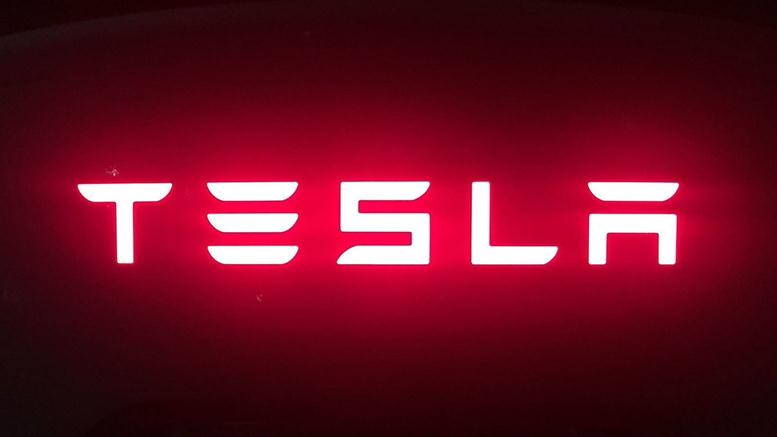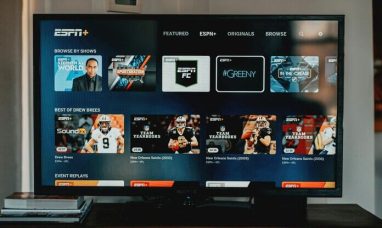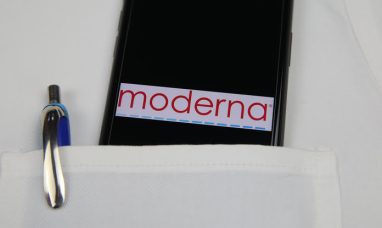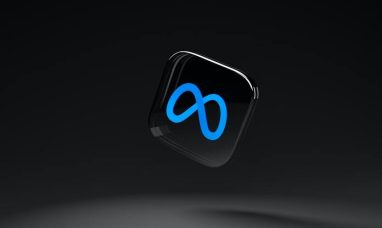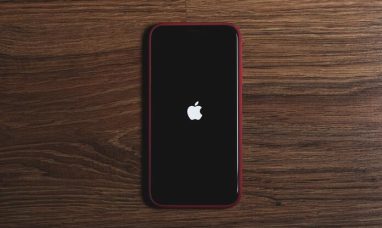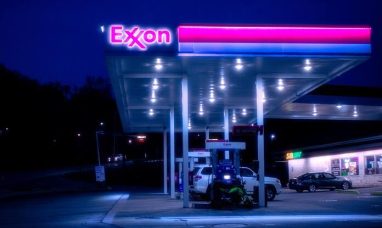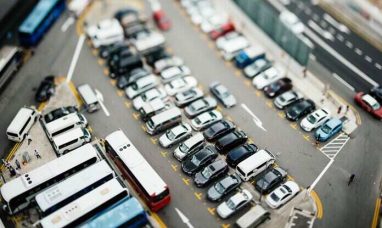Just a few weeks ago, the state of South Australia powered up the world’s biggest battery. The battery invented by Tesla’s (NASDAQ:TSLA) founder, Elon Musk, is the size of an American football field and has the power to give electricity to 30,000 homes.
Within Australia, there have been several arguments against the battery from Federal lawmakers who are more in favor of the fossil fuel methods for providing electricity. The country is a fitting target for Mr. Musk to test his large-scale lithium batteries, as Australia had paid 50 to 100 percent more for power than Americans. In the year 2012-2016 the price of electricity for most of its residents rose 20 percent.
On top of the astronomical prices for electricity in South Australia, the country has also been plagued with blackouts that left its 1.7 million residents without power. The sunny coast of South Australia has an abundant amount of wind and hydroelectric power capabilities and this new high-capacity battery does not create energy but stores it. Housing the energy from the alternative methods, it would provide a bank of saved energy which would kick on during periods of high demand and would aid in managing the electrical grid.
Last Week, the coal-fired Loy Yang power plant in Victoria had tipped and went offline, within 140 milliseconds the battery delivered 100 megawatts into the national electricity grid. Many engineers are amazed by the record-breaking speed, stating that the Torrens Island power station in South Australia would’ve taken a half hour to an hour to deliver that sort of power.
Back in March of this year, Musk told Australian tech billionaire Mike Cannon-Brookes via Twitter (NYSE:TWTR) that Tesla would be able to get them 100MW in 100 days, or it would be free. Just shortly after this tweet, Cannon-Brookes set up multiple meetings with Australia’s prime minister to get things rolling, with contracts needing to be signed and government funded money to be found for the project. Mr. Musk almost broke his promise after his rocket launch by his company SpaceX was delayed, but in September he closed on the $50 million dollar deal and the 100 day countdown began. It seems that the $150 million battery has paid off for Australia, after all.
Featured Image: twitter



